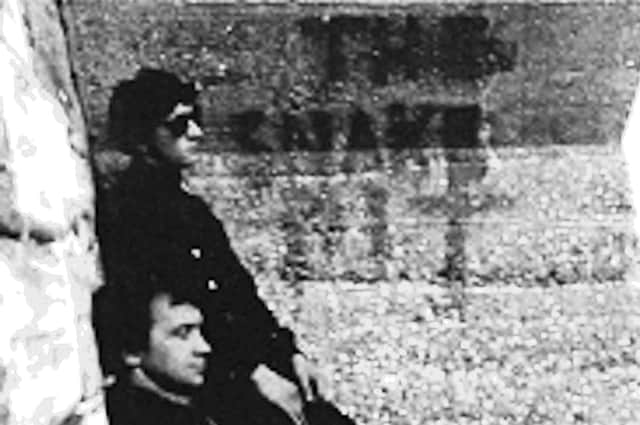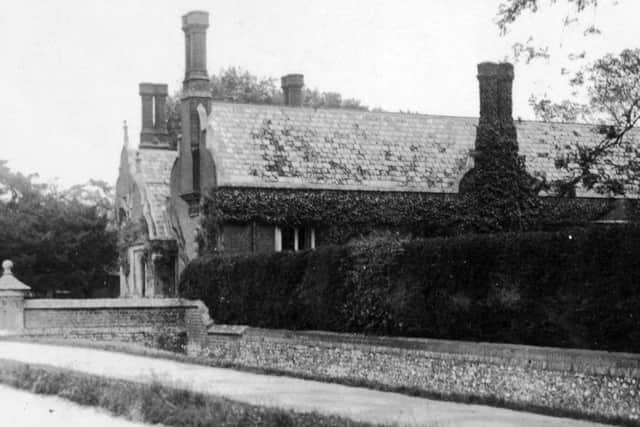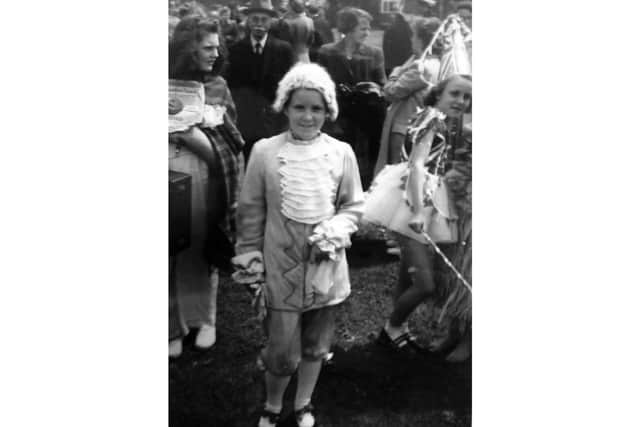Southsea beach party? Head for The Snake Pit | Nostalgia


Marilyn asked me if I had ever heard of The Snake Pit along Eastney beach. I had to admit I hadn’t.
She used to go swimming off the beach with her friend David Michaels, another former Portsmouth lad who now lives in New York and Uruguay and to whom I also talk via email.
Advertisement
Hide AdAdvertisement
Hide AdThe Snake Pit was apparently named after a 1948 film starring Olivia de Havilland and someone painted the title on the beach wall.


Nigel Grundy, who organised the Portsmouth Music experience at the Guildhall relates on the internet: ‘I am sure the writing was there during the 1950s because, as a child I, walked that stretch of Eastney beach regularly with my grandmother and I always gave the place a wide berth, just in case there were snakes there! ‘’The Snake Pit” was written on the vertical back of the stone steps that led down to the beach.
‘I haven’t been along there for a while but next time I am in Portsmouth I will have a look. If the steps are still there some paint may still be showing. In the 1960s it was a rendezvous for people going to the beach for evening parties because everyone knew where The Snake Pit was.’
Another writer says: ‘I’m afraid there’s no sign of it these days. A combination of sea defences and the power of the sea have piled the stones up high so most of those old steps (and the beautiful wooden breakwaters) have disappeared.’
Advertisement
Hide AdAdvertisement
Hide Ad• J Dolman of the Rowlands Castle Historical Society says that Stansted College existed from the 1850s to the late 1930s and was demolished in 1971. It stood beside Redhill Road, which runs from Whichers Gate crossroads to Rowlands Castle, and was built by the owner of Stansted Park, Charles Dixon.


It was an almshouse for six ‘decayed’ merchants, that is to say worthy merchants who had fallen on hard times. Trustees were forced to close the college just before the Second World War because of a lack of cash.
The register of Rowlands Castle residents early in the war shows no-one living at the college although at some stage it is said to have been used for evacuees. After demolition, houses were built and roads named Stansted Close and College Close remind us of the college.
• Alan Cunningham has sent more pictures taken by his late father and they come from the coronation events of 1953 on Southsea Common.
I hope someone might recognise the girls in the foreground but what about the old chap behind? Don’t you think he’s a dead ringer for Alf Garnett? Anyone recognise him?
Comment Guidelines
National World encourages reader discussion on our stories. User feedback, insights and back-and-forth exchanges add a rich layer of context to reporting. Please review our Community Guidelines before commenting.